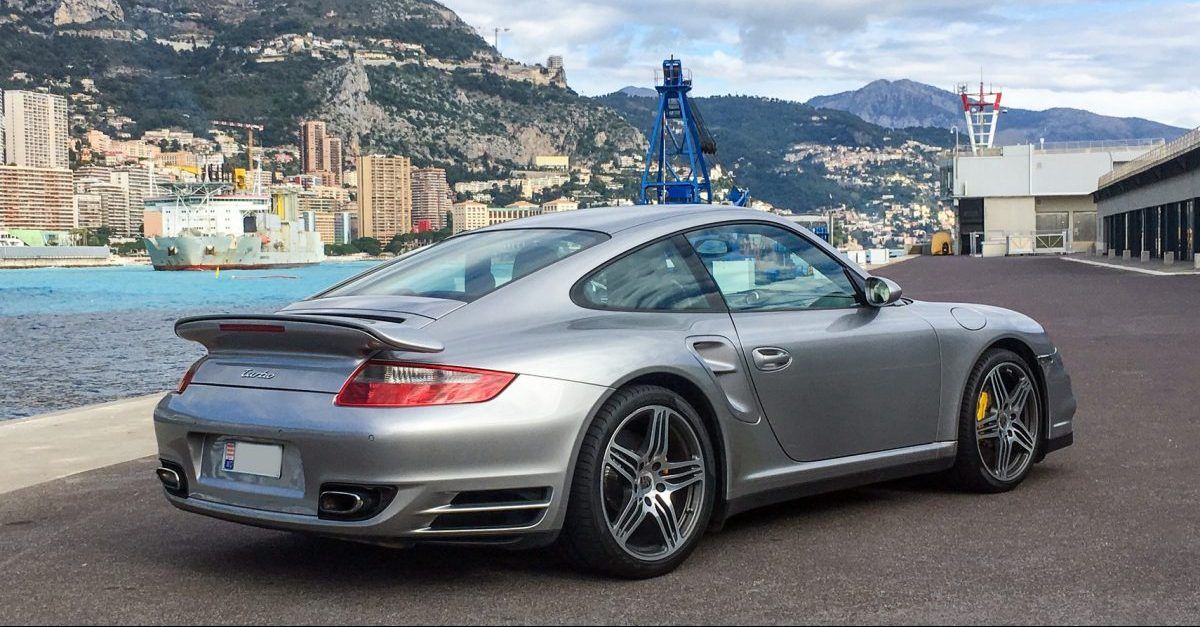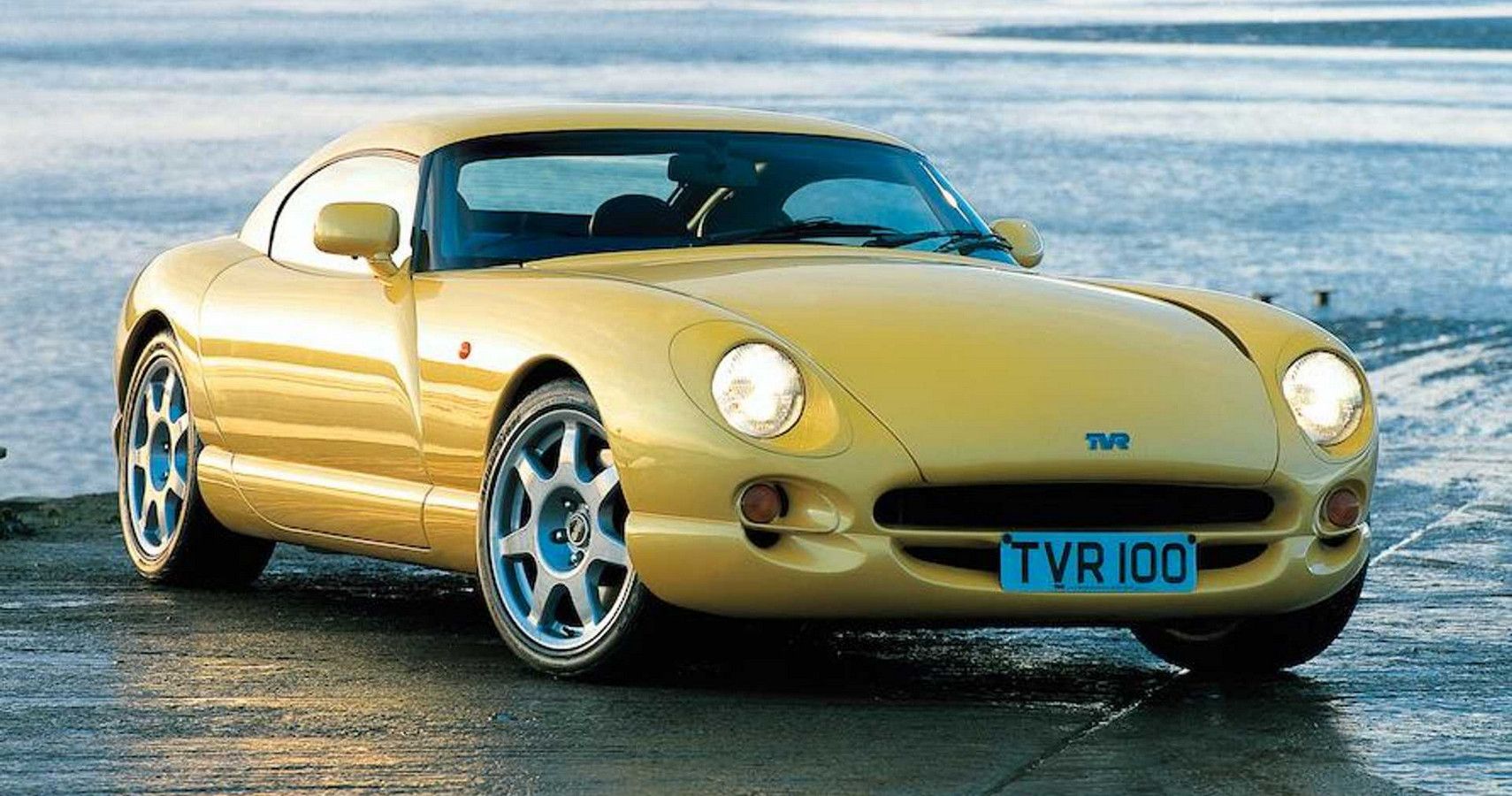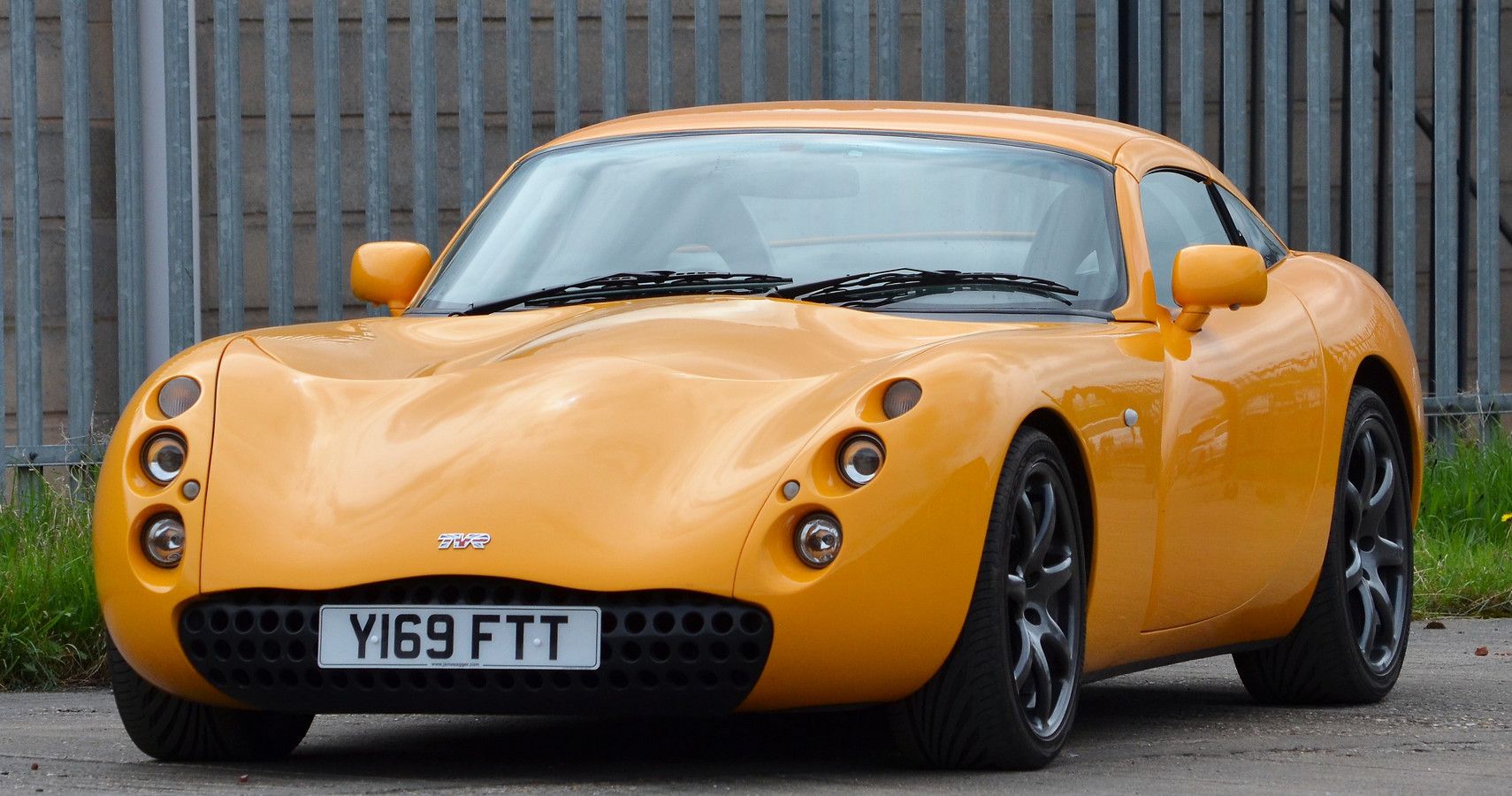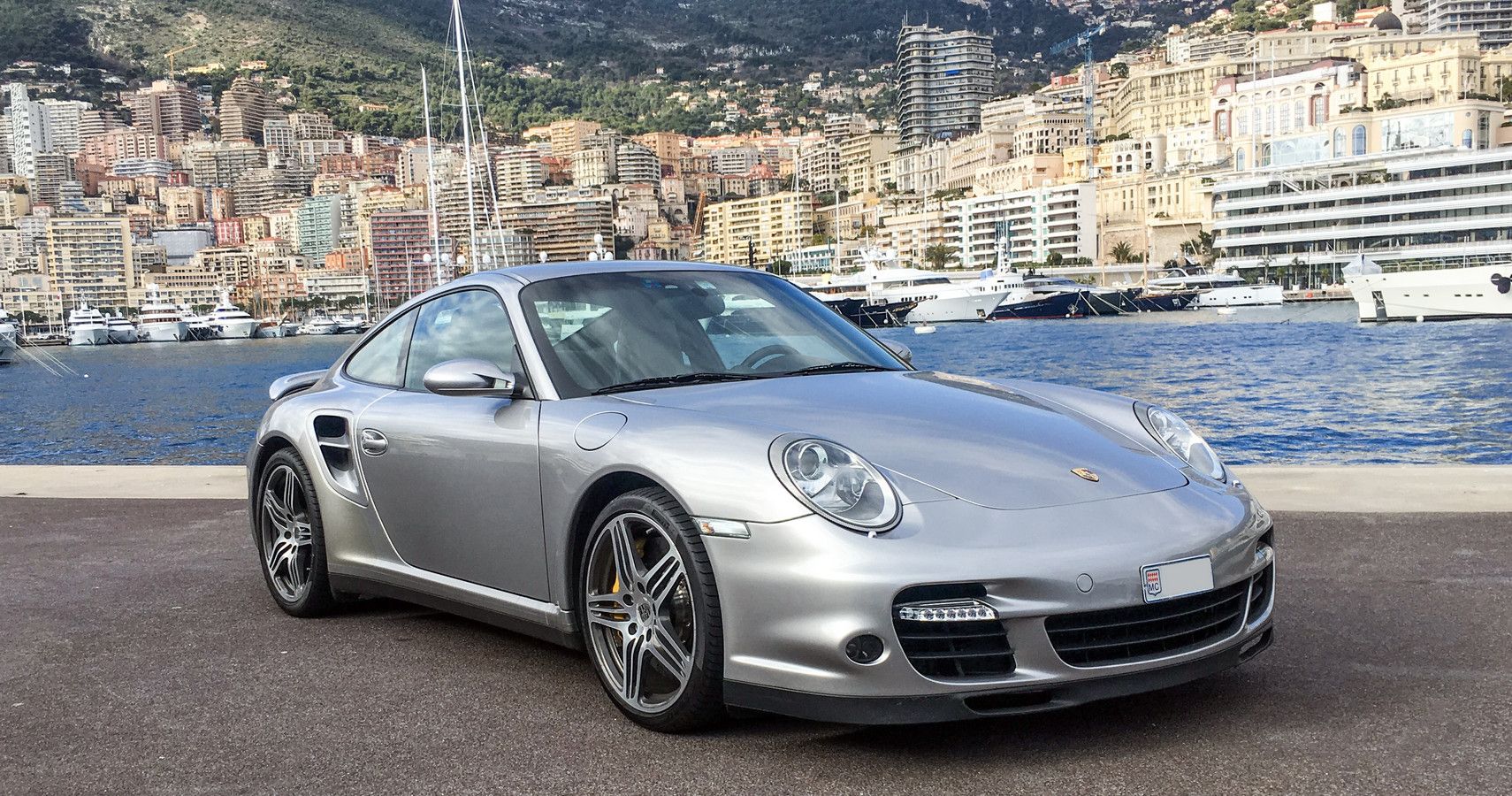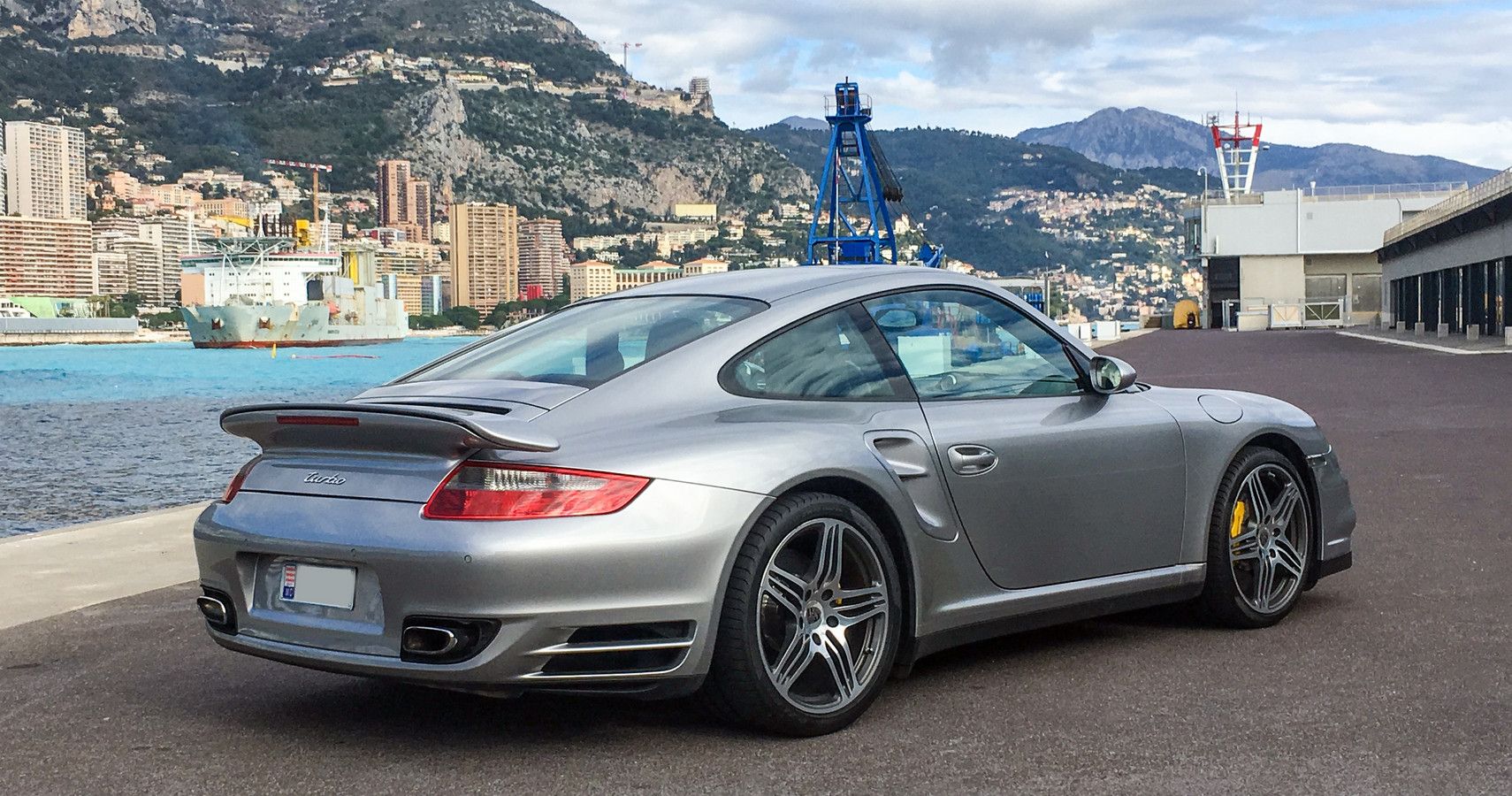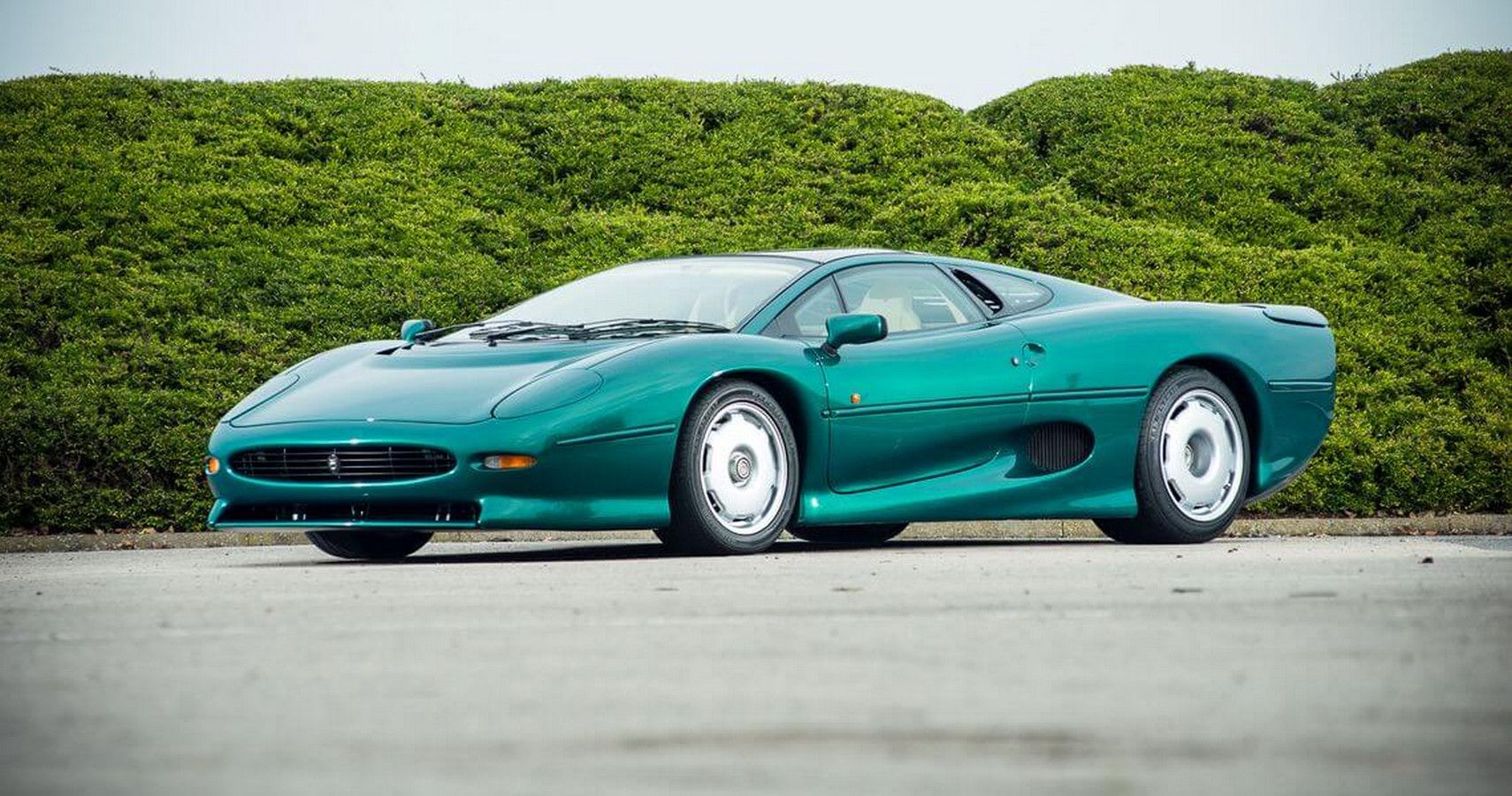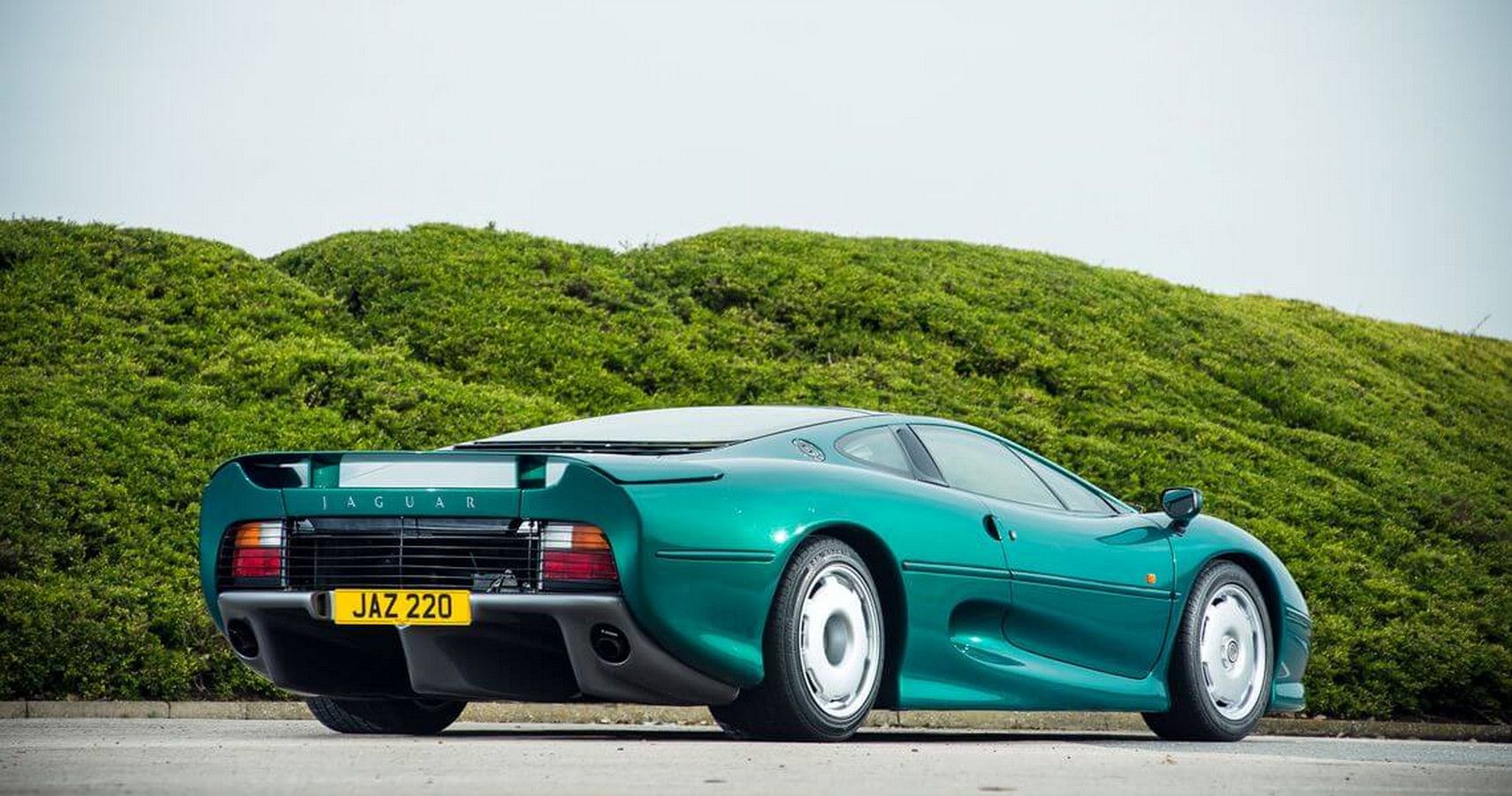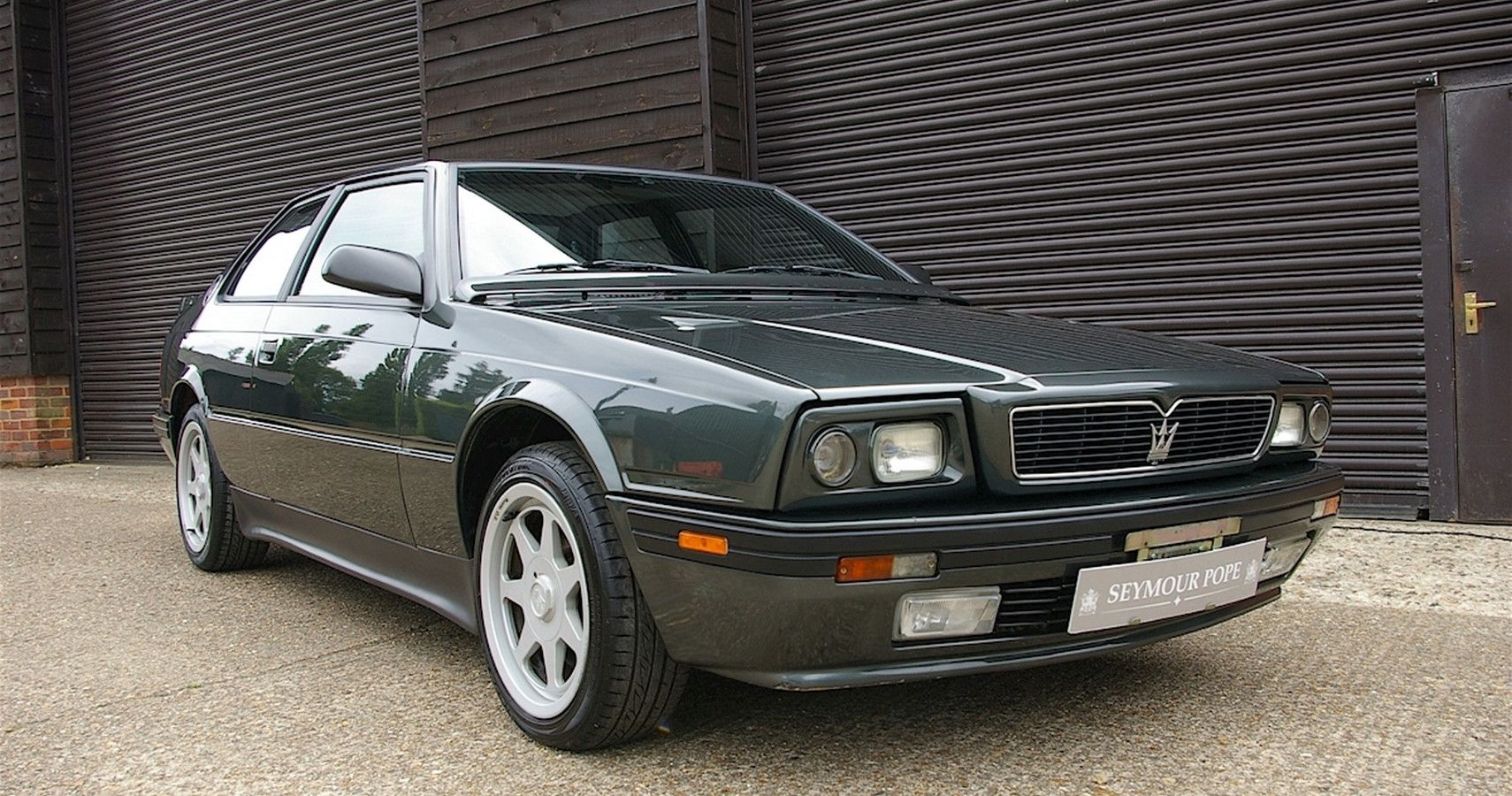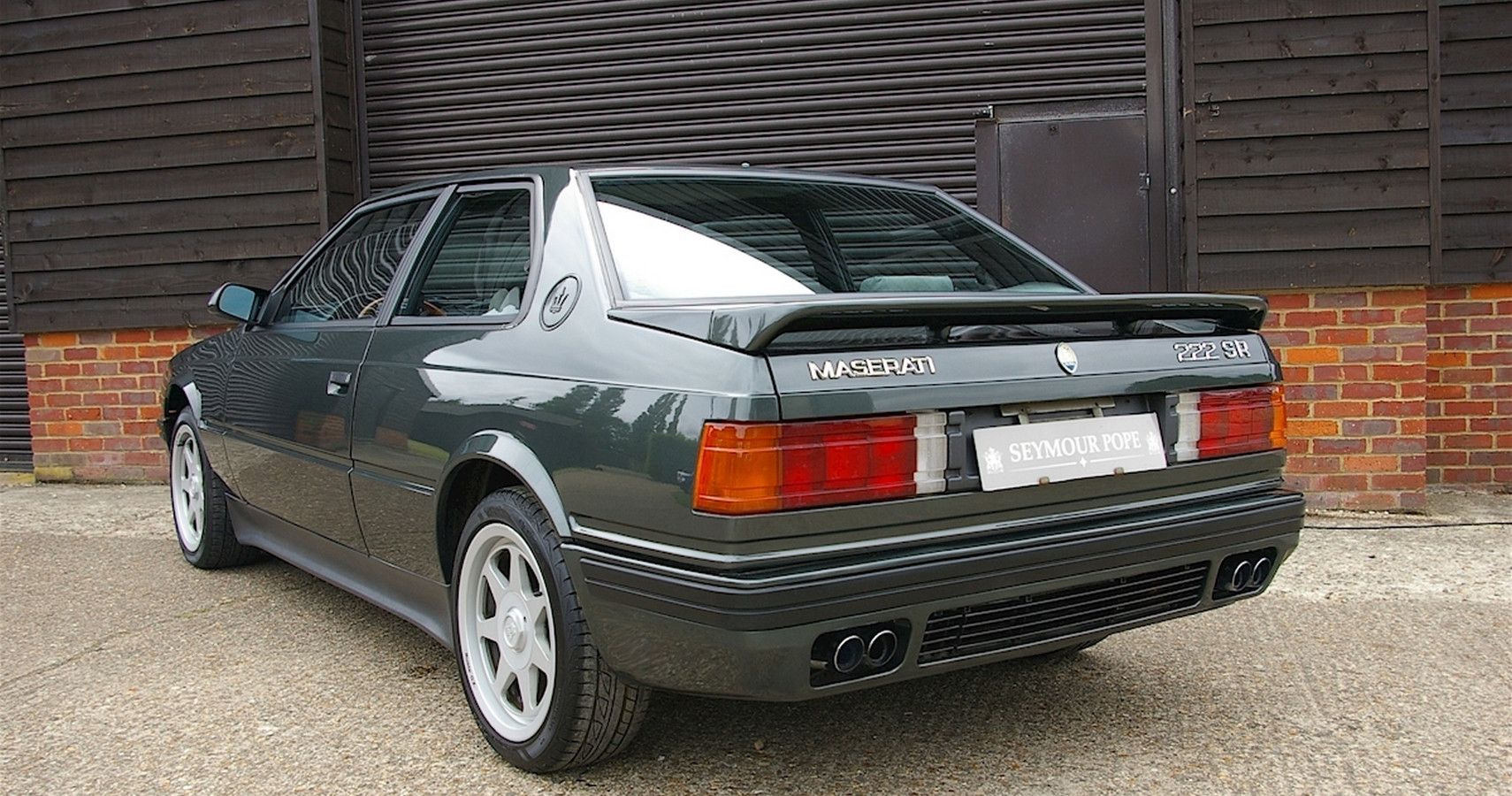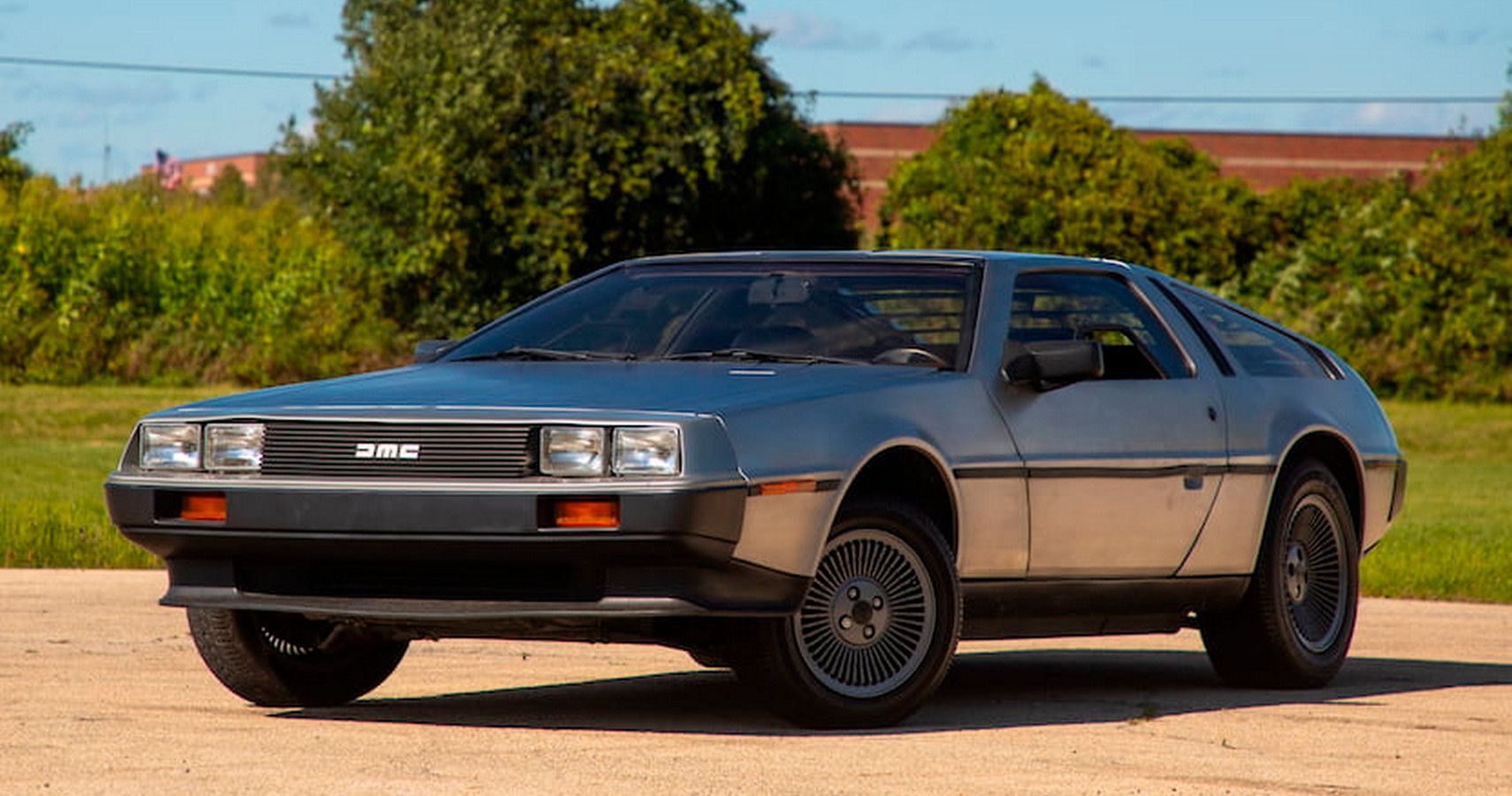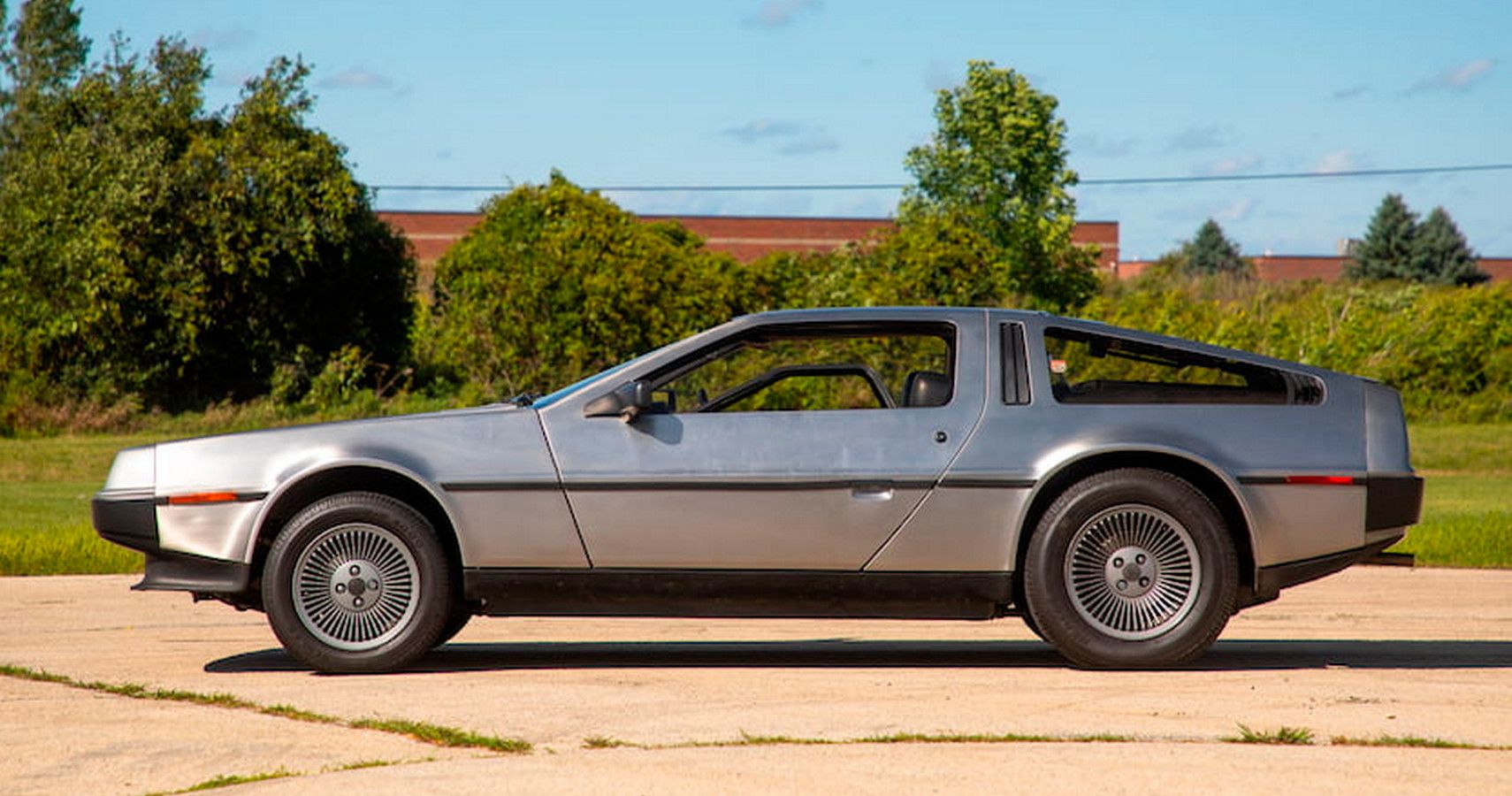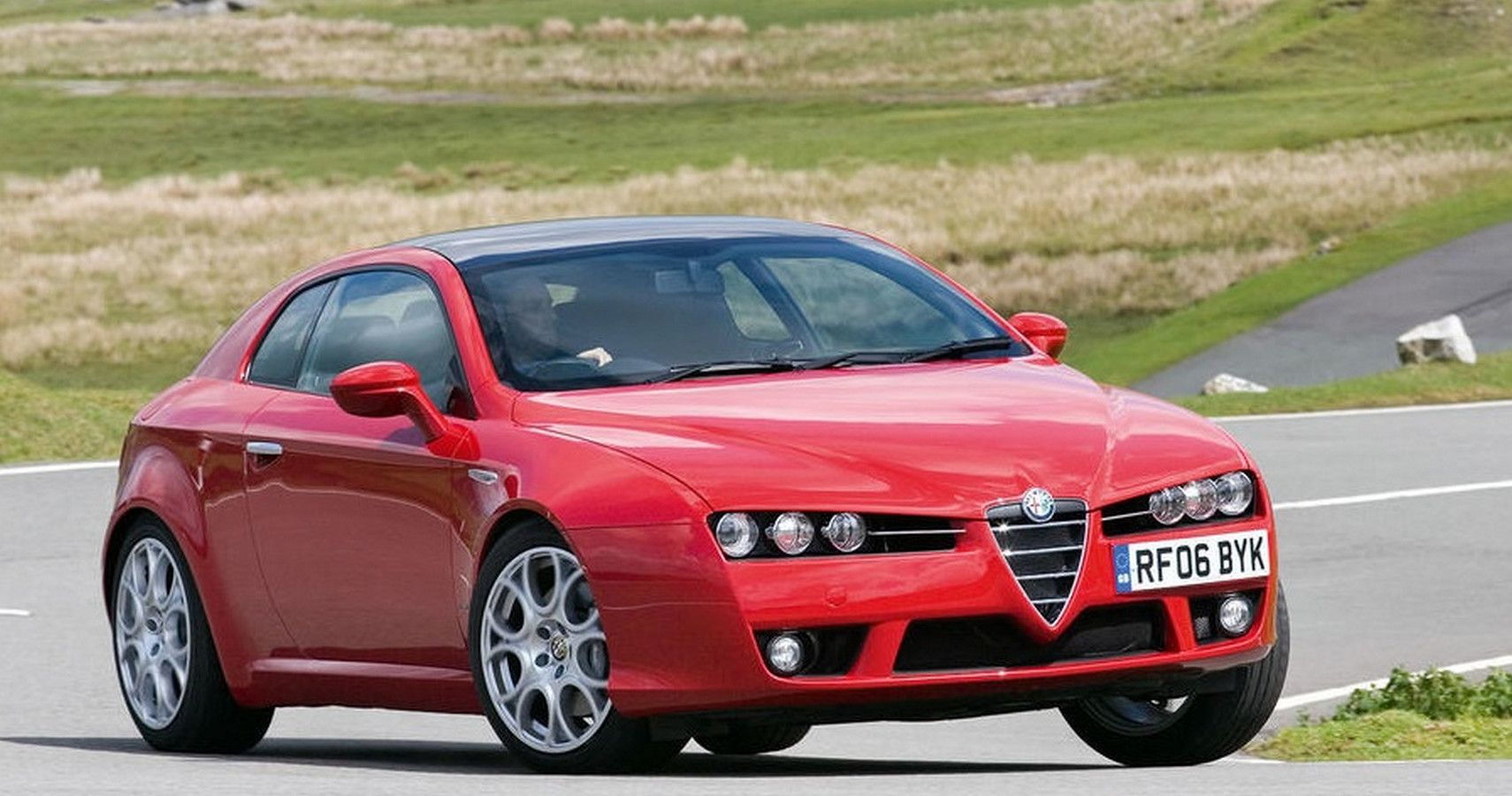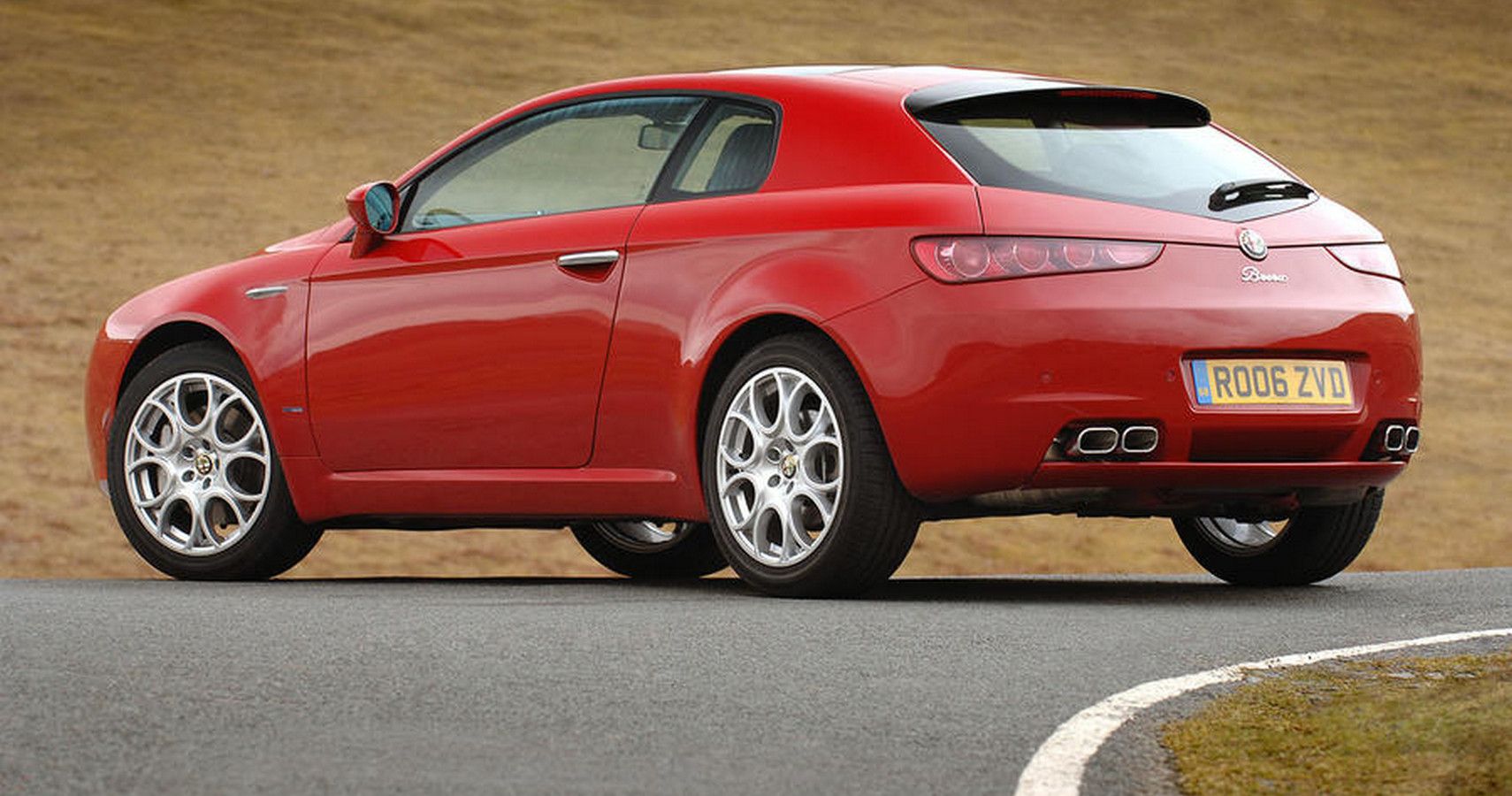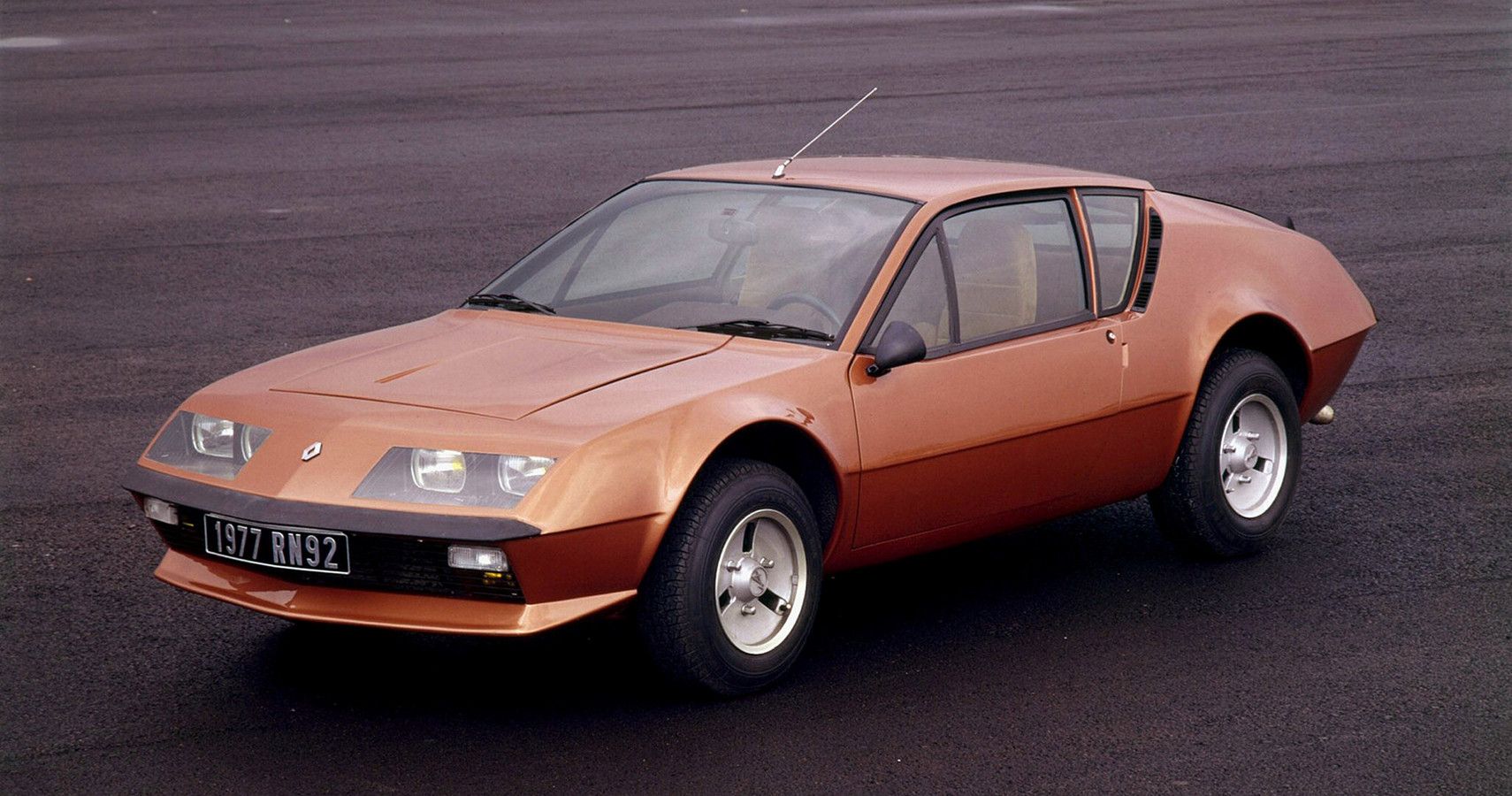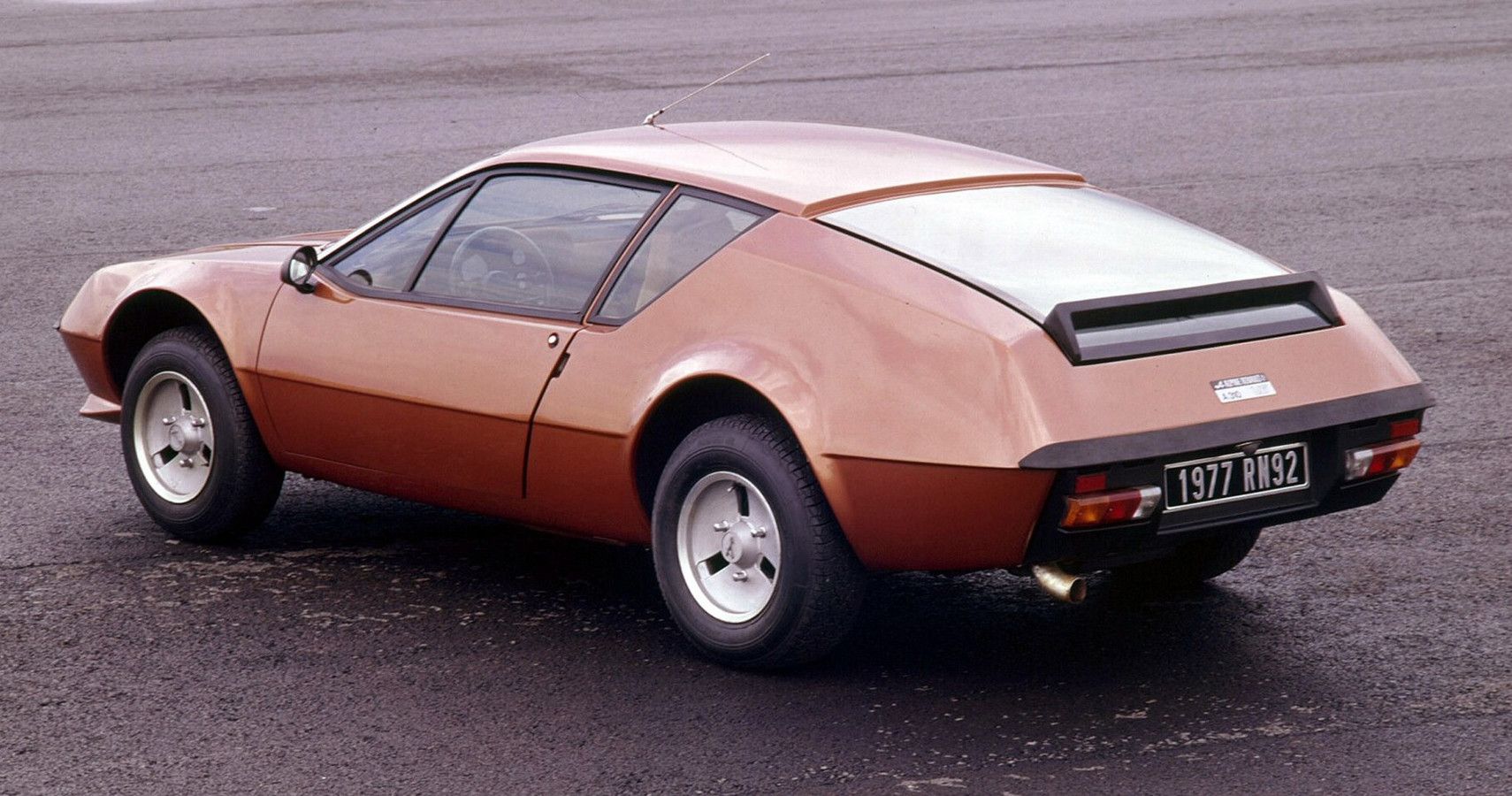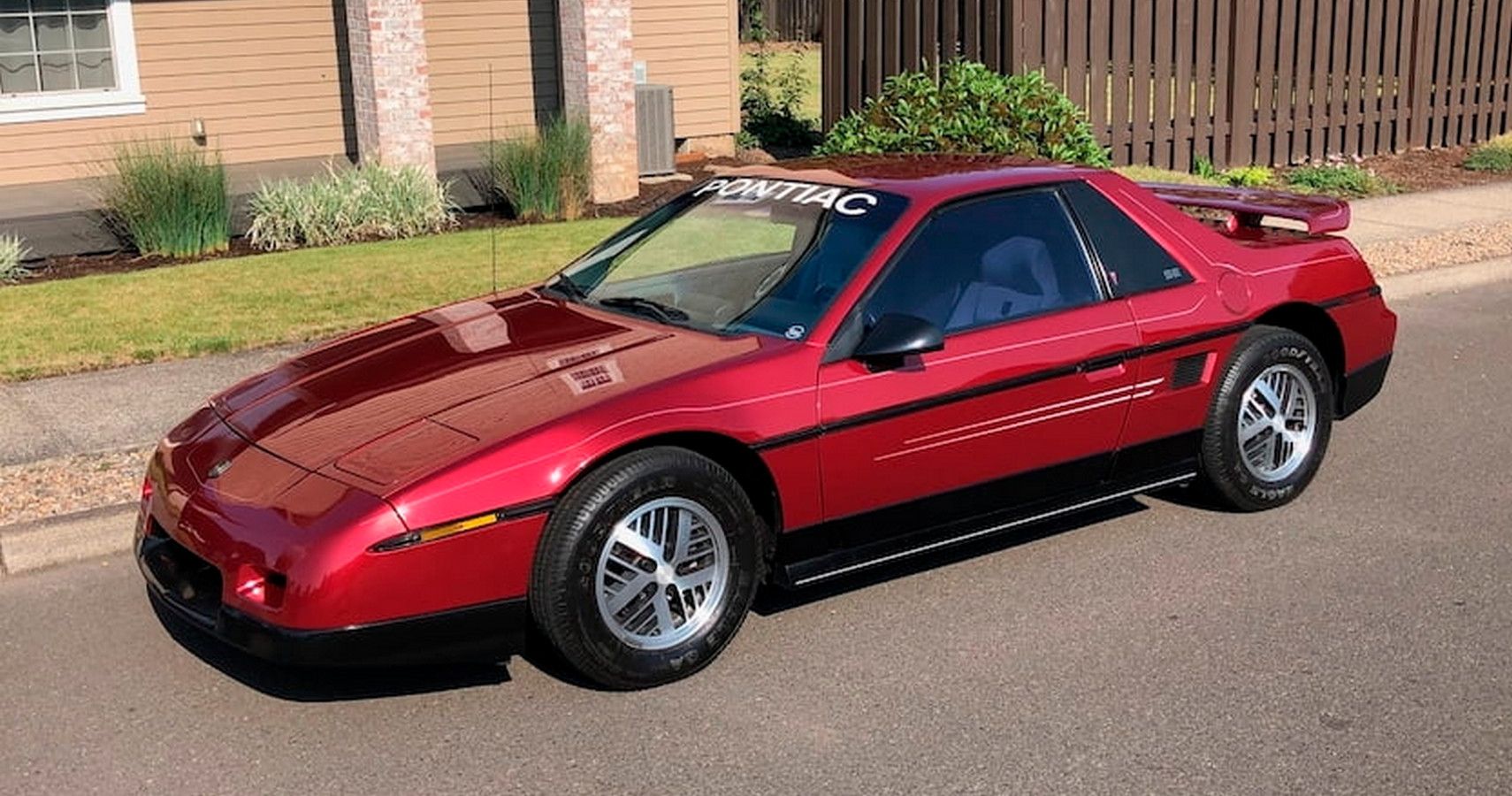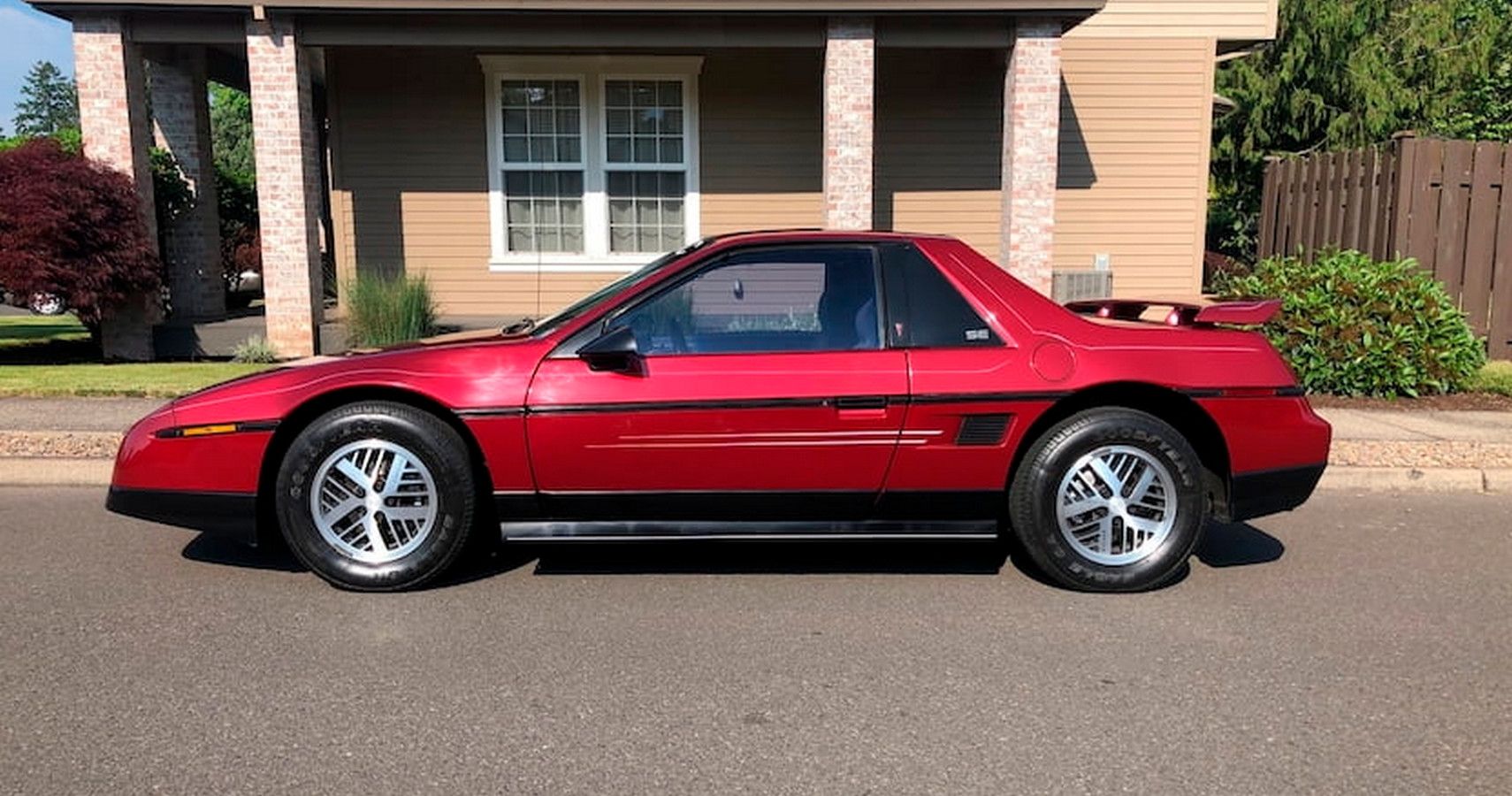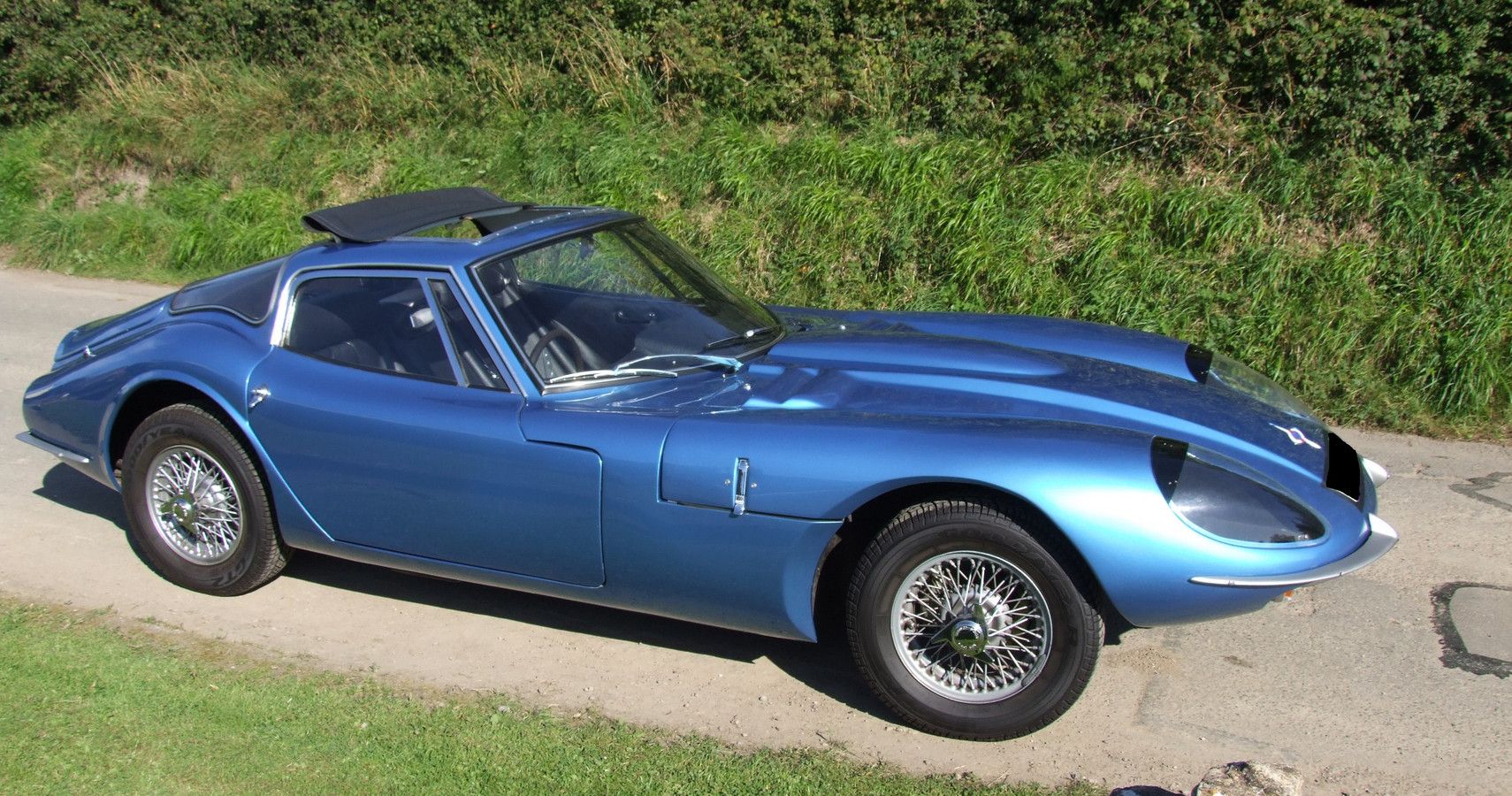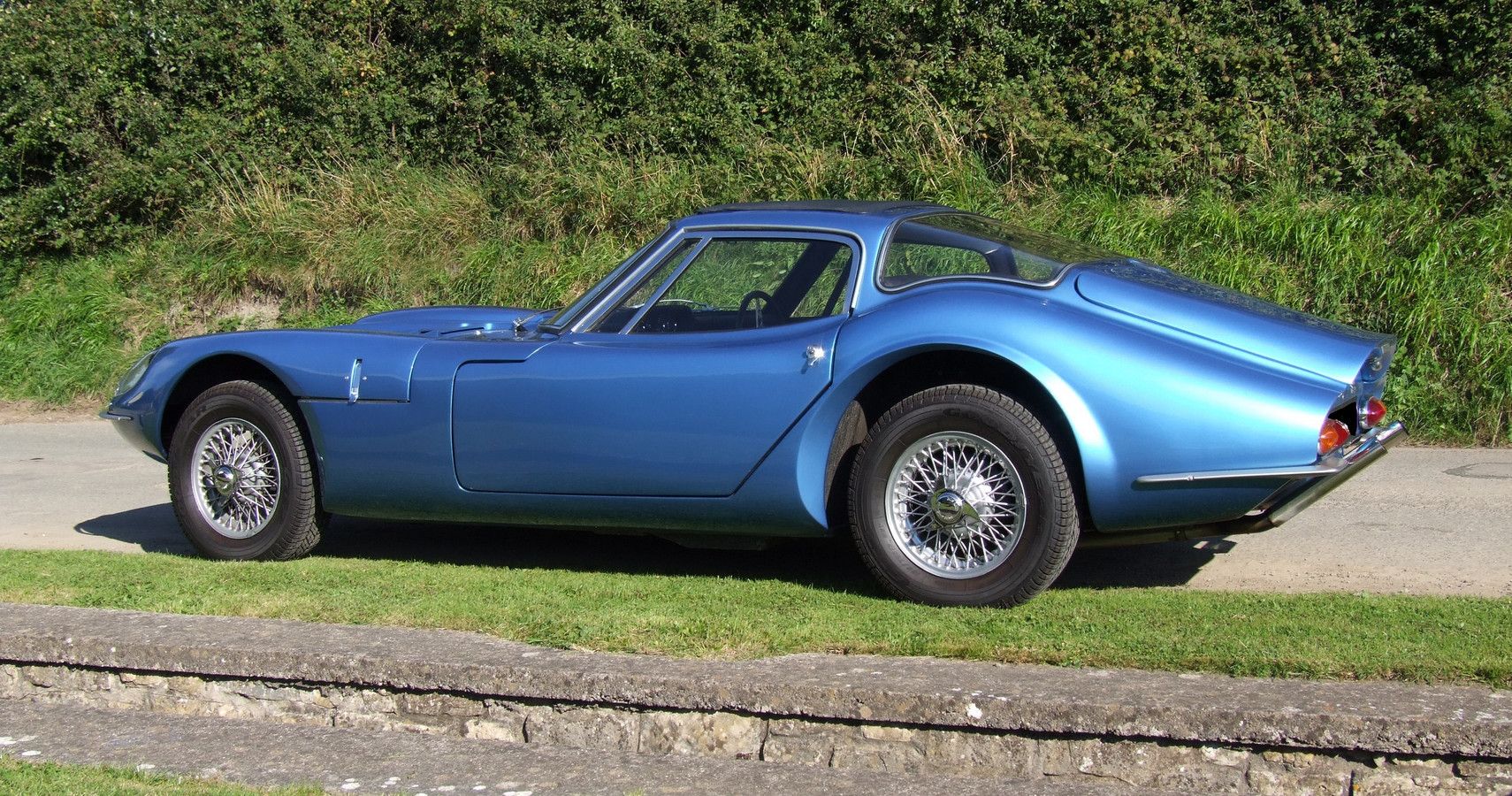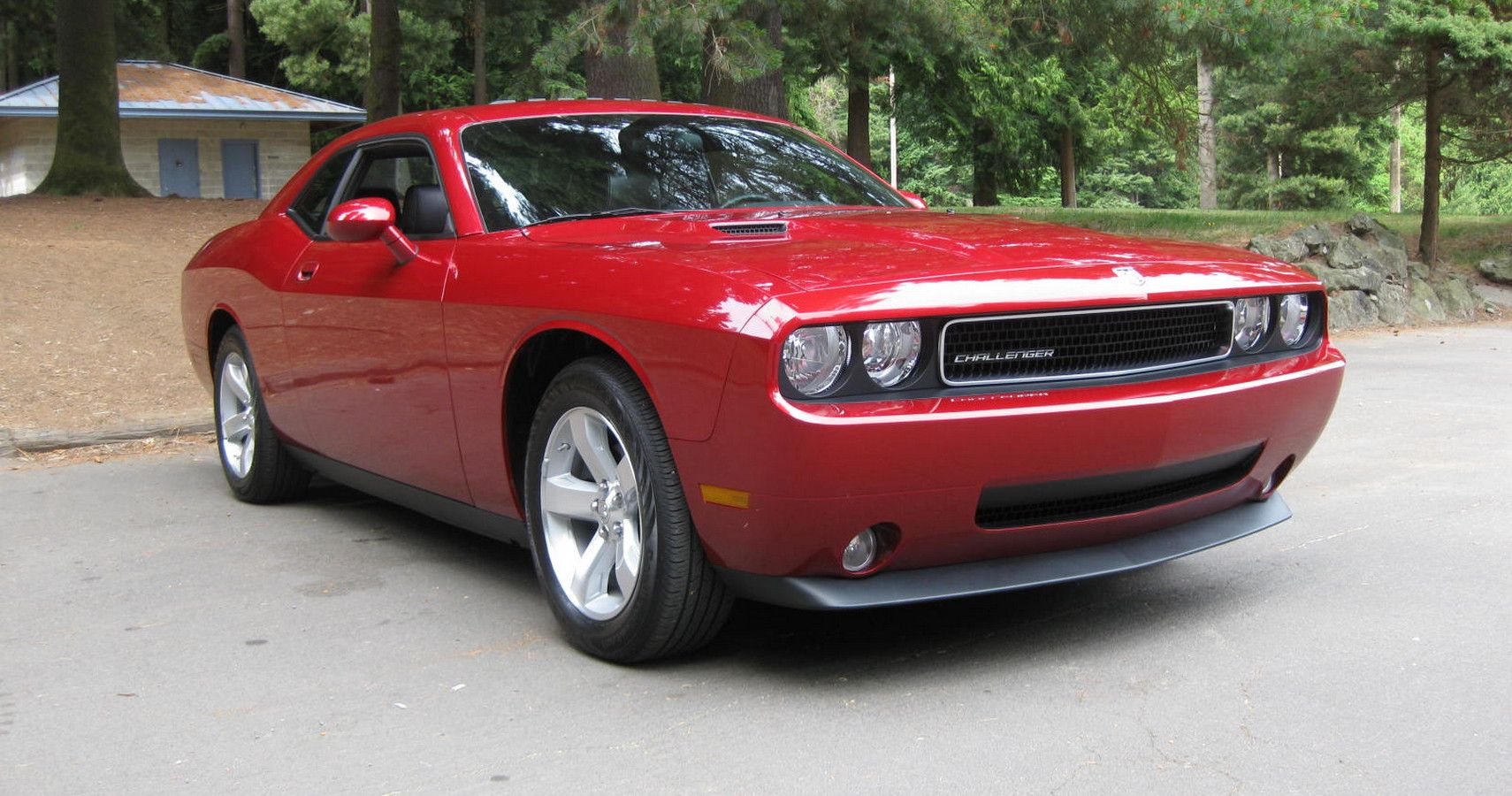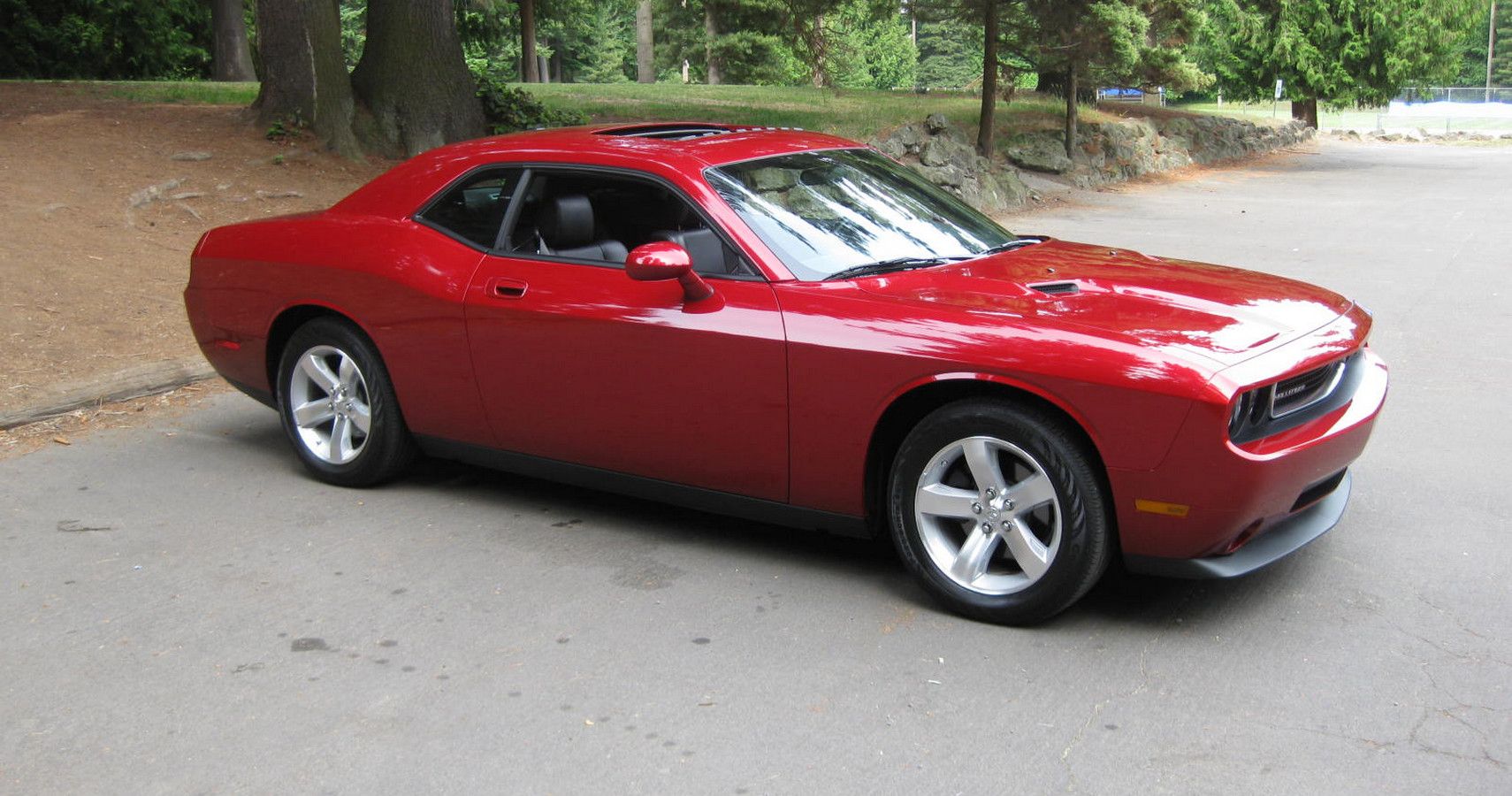Without question, the more cylinders you have under the hood the better! You get more power, better balance, and a much nicer sounding engine, which makes for better bragging rights.
Regardless of who made them or where they were built, reliability is essential for any gearhead who doesn't take pleasure in sitting waiting for that elusive tow-truck to arrive. Which raises the question of which sports cars to avoid? Unfortunately, there is no simple answer to that, having to rely solely on other owners to highlight issues when they arise.
10 Mystery Recalls - TVR speed-Six - Cerbera/Tuscan
The risks of owning a low-volume specialist sports car are not unique to TVR, however, when the UK-based carmaker decided to build their own engines a few teething issues reared their ugly heads.
Developed in-house, TVR's Speed-Six engine was a performance monster, powering every model from the Cerbera onwards, but owners are quick to point out that the 4-liter in-line six had a few recalls. In true TVR fashion, recalls and rebuilds were all a bit mysterious.
9 Rare German Failure - Porsche 997
Porsche's otherwise impeccable build and reliability came in for some well-deserved criticism with the 997 models launched in 2004, which, considering the revised car was another evolutionary change is a bit worrying.
Among the list complaints owners made, faulty air-conditioning and interior electrics are common areas for concern, most of which would be "free" fixes by the German automaker. However, it would be defective engine wiring that left a staggering number of owners stranded with their vehicles undriveable, requiring lengthy stays at their local Porsche dealers.
8 Weak Brakes, Clutches - Jaguar XJ220
Despite an impressive sporting history, Jaguar has only ever produced one supercar, the XJ220, and it was both stunningly impressive and massively flawed. In possibly one of the biggest automotive disappointments ever, Jaguar in one swift move killed much of the early interest in what would become the world's fastest production car.
We could argue that a smaller V6 turbo unit made the XJ220 a better car, in fact, the engine is not the greatest area for concern, having been borrowed from the Metro 6R4 WRC car. Rather, it would be a series of weak ancillaries that would leave drivers struggling with reliability. Underperforming brakes and clutches are common faults.
7 Another Re-Hashed Sports Sedan - Maserati Bi-Turbo
In more recent times Maserati with the backing of its new owners has returned to its former glory to build desirable high-performance sports cars to be proud of. However, it wasn't so long ago that the Italian carmaker was stuck in a vicious circle of producing boxy sedans and coupes.
The much-criticized Bi-Turbo range was the best that Maserati offered throughout the 80s, each new "reworked" model much the same as the previous ones, even retaining the same serious faults. At the core of most complaints, weak engines, most notable for their ability to allow coolant into all the wrong areas.
6 Failed To Live Up To Expectations - DeLorean DMC-12
Big screen appearances turned DeLorean's DMC-12 into an icon, arguably more famous for its starring role in Back To The Future than as a serious sports car. We'd like to think the Doc Brown's 88mph speed requirement for time travel is purely a science thing, but the choice of the engine might have something to do with it
Originally intended to use Citroën's engine, a late option for turbocharging would steer DeLorean in another direction completely, eventually adopting PRV's 2.85-liter V6. That planned forced induction model never happened, leaving DeLorean with an underpowered alloy engine with a habit of warping its block.
5 Don't Believe The Service Manual - Alfa Romeo Brera
As tempting as any Alfa Romeo might be, the pitfalls of reliability and associated repair bills make little sense to us. It's better to borrow one if you can and then hand the keys back when it goes wrong.
The Brera arrived in 2005 with a choice of engines that initially sound great, but have a few hidden issues to make even the most avid fan run for the hills. Taking notice of the service intervals reveals timing chains need changing every 100,000 miles, except worrying rattles are a sign of all too common premature failure closely followed by expensive engine rebuilds.
4 Undercooled And Overheating - Alpine A310
We have already touched upon the PRV V6 motor used in DeLorean's DMC-12. Alpine, part of Renault, was almost obliged to use the same block for their A310, albeit in slightly more powerful 150 HP specification.
In a similar fashion to the Porsche 911, the A310 used a rear-engine layout differing from its German counterpart by using water cooling, which is where things started to go wrong. Poorly designed bodywork compounded the PRV V6 engines overheating issues, lack of airflow, and weak water pumps often left drivers stranded on the hard shoulder.
3 Great At First - Pontiac Fiero
What could go wrong? Built under GM ownership, the Pontiac Fiero was truly advanced for its time, and until recently, it was the only mid-engined American-built sports car ever. In the first few years of production, Pontiac sold tens of thousands of these, promising mid-engined sports car handling and performance.
The mere mention of Fiero has gearheads citing weak performance, but Pontiac did at least build a more powerful, if not much quicker, 2.8-liter V6 model, and later followed up with the GT. But, it was the overall build and reliability that marks the Fiero out as one of the most unreliable cars of all time, clearly, budgets had to be met and development fell short somewhere along the way.
2 Lightweight And Incredibly Frail - Marcos GT V6
On the surface, the Marcos GT V6 is another British-made sports car, but take a closer look, and you'd be surprised just how deep the quirky design choices go. Equipped with a range of engines, the later 1969 models used Ford's 3-liter Essex V6 motor to good effect. With 140 HP available, a top speed of 120mph would have been feasible.
Although the GT V6 was a decent track car they don't have the best of reputations when it comes to durability, largely down to the odd choice of construction materials. Aside from its glass-fiber nose, Marcos used wood for the chassis and plywood sheets to form the body, great for weight saving, but less so for pretty much anything else.
1 Engineering Oversight - Dodge Challenger (3rd Gen 2008-10)
Over time, carmakers update their engines, either changing the internals or swapping the construction method entirely, Chrysler did the latter with their 3.5-liter V6 unit in 1998, swapping to alloy for weight saving.
In what can only be described as one of the biggest oversights imaginable, engineers had overlooked several key areas including the PCV system and oil galleys, both of which contributed to a commonly reported oil sludging problem. If ignored the results could be terminal, engines barely lasting 80,000 miles.

